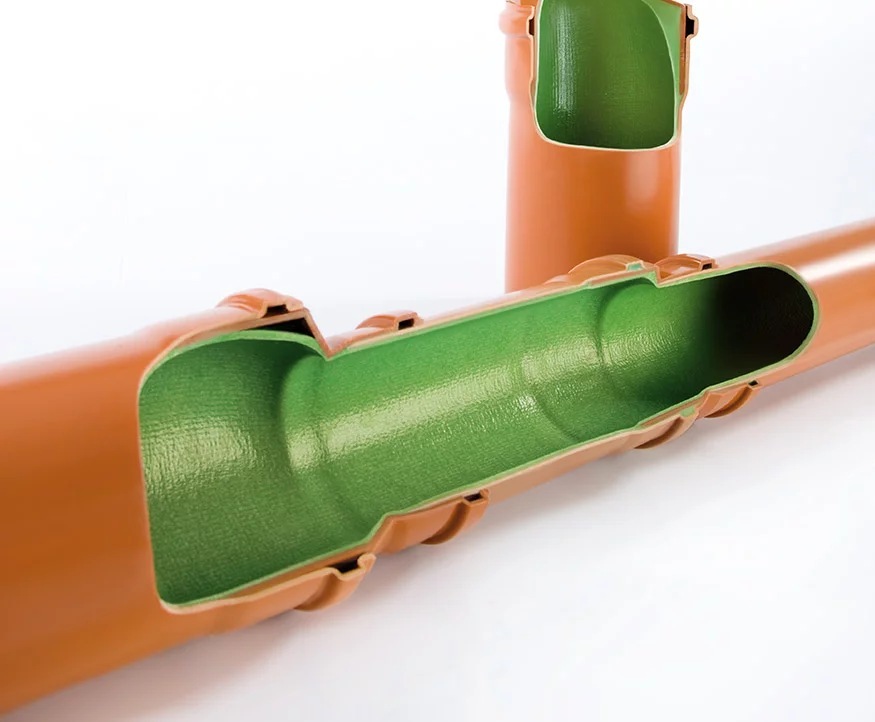
Sewer relining might not be the most glamorous topic, but it's crucial for maintaining a healthy home. If you're facing issues with your sewer system, understanding the costs involved in relining can save you from unexpected expenses.
In this blog, we'll cut through the confusion and provide clear, concise information about sewer relining costs.
Understanding Sewer Relining
Sewer relining is a process that repairs damaged sewer pipes by inserting a resin-coated tube into the existing pipe.
The resin hardens to form a new, sturdy pipe inside the old one without extensive digging. This trenchless technology has gained popularity due to its efficiency and minimal disruption to landscaping.
The Benefits of Sewer Relining
Sewer relining offers several advantages:
- Saves time and reduces the mess associated with digging up your yard
- Extends the lifespan of your existing pipes
- Fixes various issues, such as cracks, leaks, and tree root intrusion
Factors Affecting Sewer Relining Costs

Before starting a sewer relining project, it's essential to consider factors that affect costs, such as the extent of damage, pipe size, and accessibility. Understanding these elements helps homeowners make informed financial decisions.
1. Pipe Size and Length
The size and length of the pipe that needs relining directly impact the cost. Larger and longer pipes require more materials and labour, thus increasing the overall expense. It's essential to get an accurate measurement of the affected area to gauge a precise estimate.
2. Pipe Material
The material of your existing sewer pipes can affect the relining process. Some materials, like clay or cast iron, may require additional preparation, adding to the cost of sewer relining. On the other hand, PVC pipes might be easier and cheaper to reline.
3. Location of the Pipes
The location of the damaged pipes plays a significant role in determining the cost. Pipes under driveways, sidewalks, or buildings are more challenging to access and may require special equipment or techniques, increasing the expense.
4. Condition of the Pipes
The pipes' existing condition can influence the relining process and cost. Pipes with extensive damage or deterioration may need more repairs or reinforcement before relining, leading to higher expenses.
5. Access to the Worksite
Typical Cost Range for Sewer Relining
Homeowners should know the typical cost range for sewer relining projects to aid in planning and financial preparedness.
While costs vary due to different factors, having a baseline estimate helps avoid unexpected expenses. This section will explore the typical costs and the factors influencing them.
Local Price Variations
The cost of sewer relining can vary depending on your location. Urban areas may have higher labour costs compared to rural regions.
Average Costs
On average, homeowners can expect to pay between $80 and $250 per foot for sewer relining.
Depending on the factors mentioned earlier, this can translate to a total cost ranging from $3,000 to $10,000 for a typical residential property.
Additional Repairs
The cost will increase if your sewer line has extensive damage or requires additional repairs. Discuss any potential extra work with your contractor to get a comprehensive estimate.
Making Informed Decisions
When considering sewer pipe relining, it is essential to understand potential sewer relining costs, identifying additional repairs, and having a clear plan.
1. Understanding Your Options
This section offers homeowners clear guidance on repairing damaged sewer lines, helping them make informed decisions about sewer relining projects.
It emphasises exploring options, understanding costs, and consulting professionals to approach the task confidently.
2. Getting Multiple Quotes
Obtaining multiple quotes from different contractors will give you the best value. This will help you better understand the market rates and choose the most cost-effective option
3. Checking Contractor Credentials
Before hiring a contractor, verify their credentials, including licenses, insurance, and customer reviews. A reputable contractor will provide high-quality service and minimise the risk of additional problems, which already includes the high costs of sewer relining.
4. Understanding the Warranty
Ask about the warranty offered with the sewer relining service. A good warranty can provide peace of mind and protect your investment. Read the terms and conditions carefully to understand what is covered.
5. Researching Different Repair Methods
Familiarise yourself with various repair methods for damaged sewer lines, such as pipe bursting and trenchless technology. Understanding these options can help you discuss them effectively with contractors and make a more informed choice.
6. Considering Long-Term Solutions
Think about the longevity of your chosen solution. While some methods may be less expensive upfront, investing in durable repairs can save you from the high cost of sewer relining, and hassle in the long run.
Get Your Supplies from NZPS!
New Zealand Pipelining Supplies (NZPS) offers BRAWO© products specially developed for rehabilitating sewerage systems. So, if your project requires a drainage specialist in Auckland who can provide quality supplies such as drain CCTVs, you can rely on NZPS and their quality supplies. Call 09 575 6977 today or send an enquiry at info@nzps.kiwi to get started!
